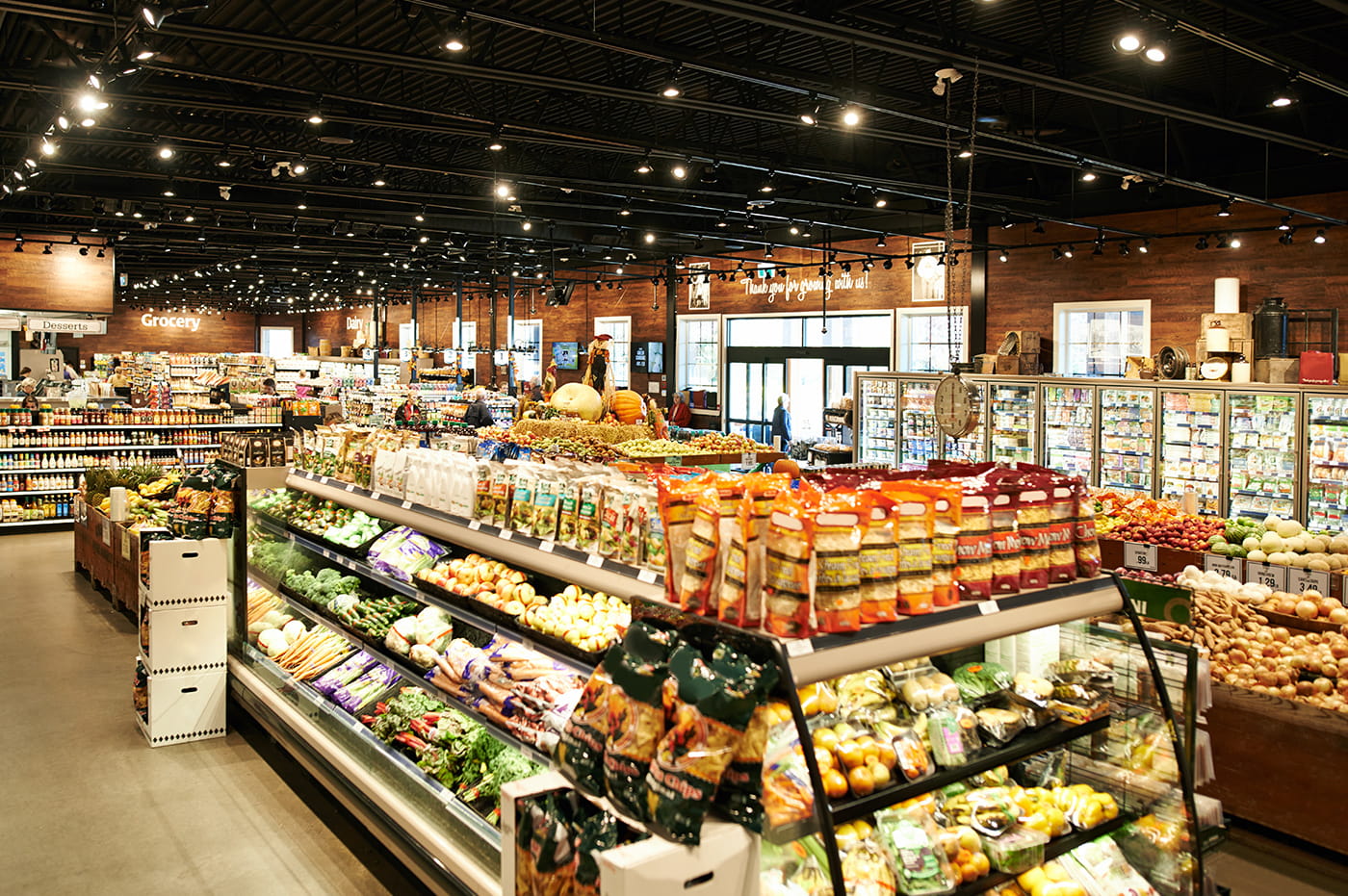Gourmet Supermarket chain
Automating Demand Forecasting to Improve Data Accuracy
What if machine learning could help sales managers accurately forecast demand?
Our client is a privately held chain of gourmet supermarkets that operates 176 stores in 24 states located in the Southeast, Midwest, Mid-Atlantic and Northeast, with plans for continued expansion throughout the country.

Sales Managers Lacked Trust in Data
Our client had implemented Snowflake on Azure and wanted to automate the demand forecasting process for all its stores by using machine learning tools and methods.
Forecasting had previously been a manual process conducted by the financial planning and analysis team using Excel, but an inconsistent schedule for updating the forecast led to inaccurate estimates and untrustworthy data. The lack of valuable insights forced sales managers to only use historical sales data or research information.
We helped identify and deploy platforms, tools, methods, and algorithms to manage gigabytes of product data and support the client’s forecasting automation goal.

Forecast Automation Produced Fresh Data Insights
After carefully reviewing the client’s needs and challenges, we concluded that Amazon Forecast was the optimal solution to its forecasting challenge. Ultimately, it was the only tool on the market that could support the client’s automation goal.
The client needed a user-friendly data science tool that closely aligned to its business needs. The models available through Amazon Forecast delivered quick business value with a user-friendly interface accessible to the company’s analytics team without hiring specialized data scientists.
In order to orchestrate the automation process for 176 stores and over 8,000 products, we used the tools S3, Jupyter Notebook, Snowflake, and SageMaker. Historical data was pulled from Snowflake into S3 for storage and we triggered Amazon Forecasting to provide forecast output back to S3. From S3 the output was loaded back into Snowflake again.
All of this was done using Python script, therefore it can be deployed again as more data is loaded into Snowflake. Jupyter Notebook was used to manage code and SageMaker helped with testing and validation.
After carefully reviewing the client’s needs and challenges, we concluded that Amazon Forecast was the optimal solution to its forecasting challenge. Ultimately, it was the only tool on the market that could support the client’s automation goal.
Results

Improved Accuracy of Demand Forecasts
- Solution can scale as the company expands and introduces new products
- Sales managers have forecasts they can trust with established accuracy measurements that can be standardized and improved moving forward
- Amazon Forecast results integrate with other data sources and utilize business intelligence tools to generate better insights into operations and improve demand forecasts
- The client retired Excel calculations in exchange for a sophisticated algorithm that captures and identifies relevant data such as product relationships and metadata
- Demand forecast accuracy improved with Amazon Forecast's DeepAR, which used the time series for all of the client’s stores and products between six months and three years


